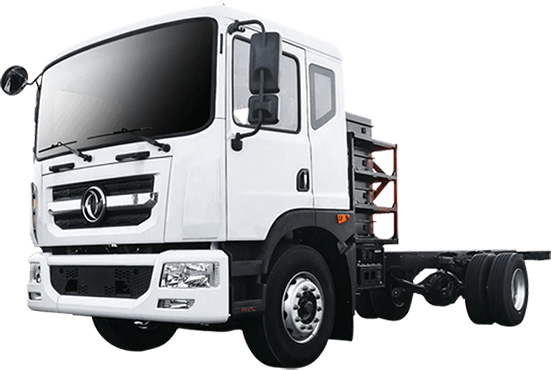Berita Lori Elektrik
Adakah kenderaan elektrik tulen memerlukan pemeriksaan tahunan?
Dihantar pada oleh Lori Elektrik
Dalam era pengangkutan yang mampan, kenderaan elektrik tulens have been rapidly gaining popularity. Semakin banyak pengguna memeluk baru ini – Pilihan Kenderaan Tenaga, Soalan mengenai keperluan penyelenggaraan dan pengawalseliaan mereka, seperti keperluan pemeriksaan tahunan, telah menjadi topik banyak perbincangan.
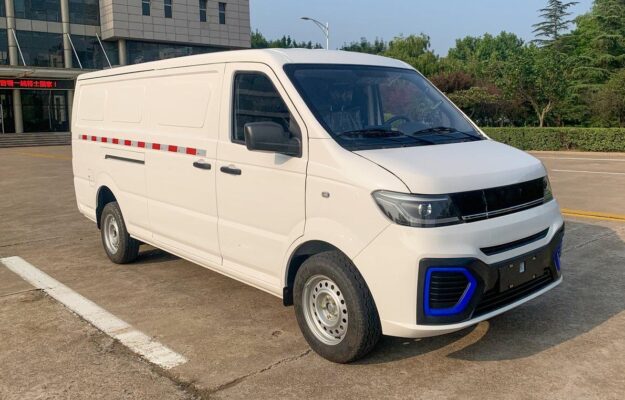
Does a Pure Electric Vehicle Need to Undergo an Annual Inspection?
Pada masa ini, in numerous regions around the world, kenderaan elektrik tulens are exempt from the traditional annual inspection process. This exemption is primarily due to the fundamental differences between kenderaan elektrik tulens and their traditional counterparts. Pure electric vehicles operate on an electric power system, which is relatively simple compared to the complex mechanical systems found in traditional vehicles with internal combustion engines.
The power system of a kenderaan elektrik tulen lacks many of the components that are typically the focus of annual inspections in traditional vehicles. Contohnya, there are no engines, which means there is no need for emissions testing. In traditional vehicles, emissions tests are a crucial part of the annual inspection. These tests are designed to measure the levels of pollutants such as carbon monoxide, nitrogen oxides, and particulate matter emitted from the vehicle’s exhaust. Since kenderaan elektrik tulens produce zero tailpipe emissions, this aspect of the inspection becomes obsolete.
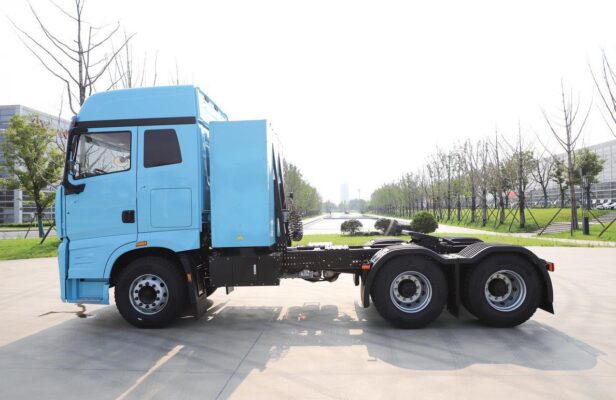
Tambahan pula, the long battery replacement cycle and relatively long service life of kenderaan elektrik tulens contribute to the argument for exemption from annual inspections. The battery technology in these vehicles is designed to last for a significant period without frequent replacements. Compared to traditional vehicles where engine components may wear out more quickly and require regular checks, kenderaan elektrik tulens seem to have fewer components that demand immediate annual scrutiny.
Walau bagaimanapun, it’s important to note that this exemption is not universal across all regions. Some areas may still require certain types of inspections for kenderaan elektrik tulens, although these inspections are likely to be less comprehensive compared to those for traditional vehicles. The reasons for this could be related to local regulations, safety concerns specific to the region, or the need to ensure that the emerging electric vehicle market adheres to some basic safety and quality standards.
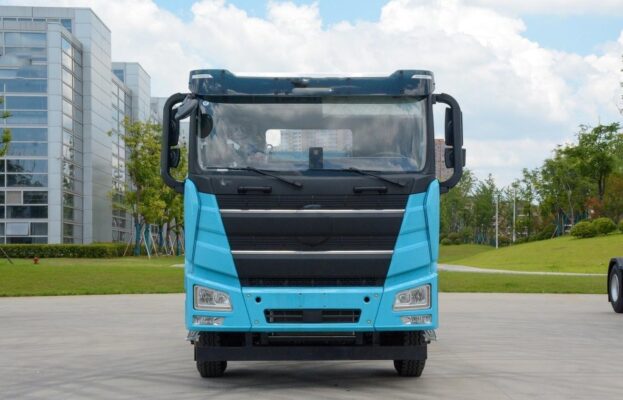
Apart from the requirements of regional policies, are there other factors for pure electric vehicles that need to consider annual inspections?
Even without the mandatory annual inspection requirements in some regions, there are indeed other factors that suggest kenderaan elektrik tulens should still be subject to some form of regular inspection. While the power system of kenderaan elektrik tulens is different from traditional vehicles, other components and functions are equally important for the safe operation of the vehicle.
The vehicle’s brakes are a prime example. Brakes play a critical role in ensuring the safety of any vehicle, regardless of its power source. In kenderaan elektrik tulens, the braking system needs to be regularly checked for wear and tear of brake pads, proper functioning of the brake calipers, and the integrity of the brake lines. Dari masa ke masa, brake pads can wear down, dan jika tidak diganti tepat pada masanya, it can lead to reduced braking efficiency, which poses a significant safety risk.
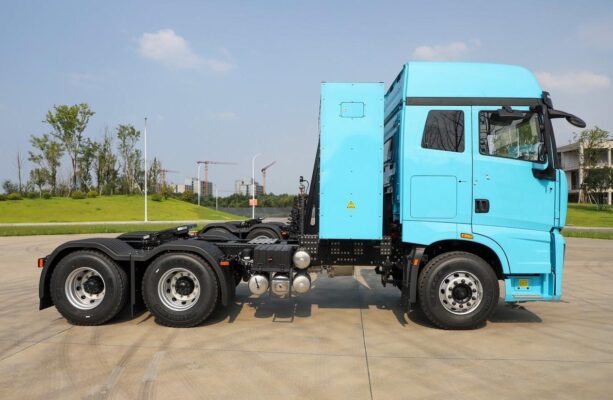
The steering system is another crucial aspect. A well – functioning steering system is essential for controlling the vehicle’s direction. Regular inspections can detect any issues such as loose steering components, problems with the power steering mechanism (if applicable), or alignment issues. These problems, if left unaddressed, can affect the vehicle’s handling and increase the likelihood of accidents.
Lighting systems also require attention. This includes headlights, lampu belakang, brake lights, dan putar isyarat. Proper lighting is not only important for the driver’s visibility during different driving conditions but also for communicating with other road users. Bulbs can burn out, and electrical connections can become loose or corroded, affecting the functionality of the lights. Regular inspections can identify and rectify these issues promptly.
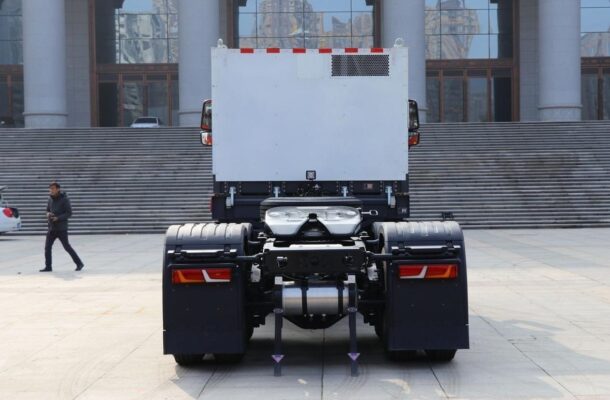
Airbags are a vital safety feature. Although they are not directly related to the power system of the vehicle, they need to be checked to ensure that they will deploy correctly in the event of an accident. Faulty airbag systems can be extremely dangerous, and regular inspections can help detect any problems with the sensors, the inflation mechanism, or the overall integrity of the airbag system.
In addition to these components, other aspects such as the vehicle’s suspension system, which affects ride comfort and handling, and the tires, which are the only contact point between the vehicle and the road, also need regular inspection. Tires need to be checked for proper inflation, tread depth, and signs of damage. A flat tire or a tire with insufficient tread can lead to loss of control, especially in adverse weather conditions.
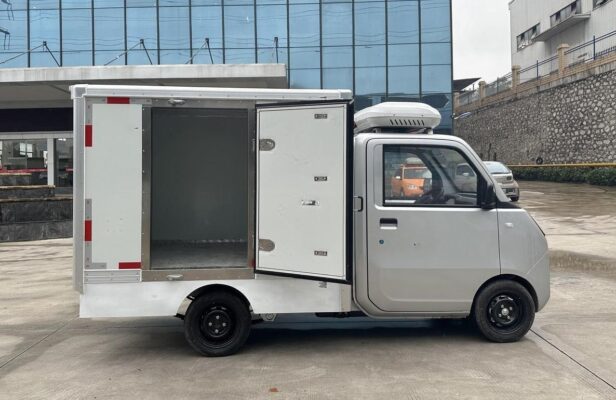
If a pure electric vehicle needs to be repaired or have parts replaced, does it need to undergo professional inspection?
Yes, when it comes to the repair and replacement of parts in kenderaan elektrik tulens, professional inspection is of utmost importance. The unique nature of kenderaan elektrik tulens, with their complex battery systems, electrical systems, and charging systems, requires specialized knowledge and skills for proper repair and inspection.
The battery system is a core component of a kenderaan elektrik tulen. If there are any issues with the battery, such as a reduction in range, slow charging, or abnormal battery behavior, it needs to be inspected and repaired by professionals. Battery repair involves dealing with high – voltage components, and improper handling can not only damage the battery further but also pose a serious safety risk. Professionals have the necessary tools and training to diagnose battery problems accurately, whether it’s related to individual battery cells, the battery management system, or the overall battery pack.
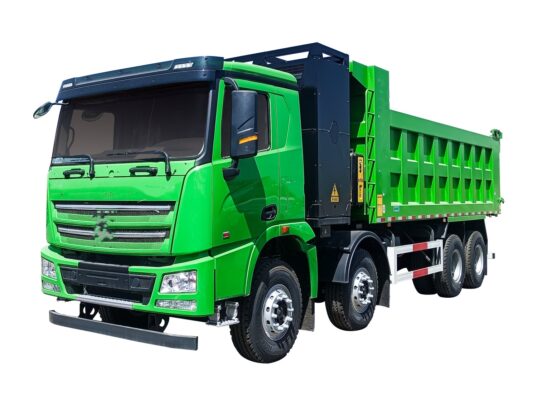
The electrical system of a kenderaan elektrik tulen is also highly complex. It includes components such as the electric motor, the power electronics that control the flow of electricity, and various electrical sensors. When any part of this system is repaired or replaced, a professional inspection is required to ensure that the electrical connections are correct, the components are functioning properly, and there are no electrical shorts or other potential hazards.
The charging system is another area that demands professional attention. A malfunctioning charging system can prevent the vehicle from charging properly or may even cause damage to the battery. Professionals can inspect the charging cable, the charging port on the vehicle, and the internal charging circuitry to identify and fix any problems. This is crucial not only for the proper functioning of the vehicle but also for the safety of the user during the charging process.
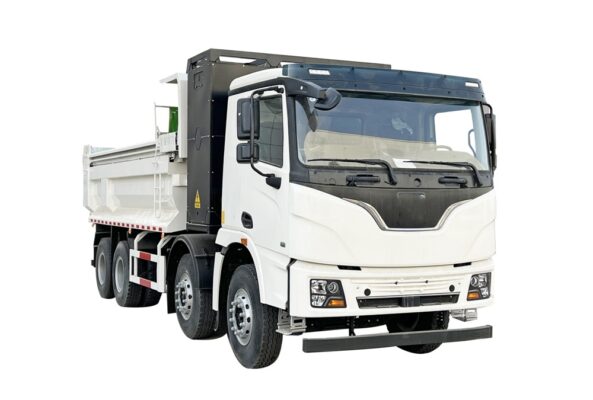
Does the insurance for pure electric vehicles have an annual inspection requirement?
According to current insurance regulations, the insurance for kenderaan elektrik tulens generally does not have an annual inspection requirement. When purchasing insurance, vehicle owners are typically required to provide basic vehicle information and documents for the insurance company to review and verify. This information may include details about the vehicle model, its purchase price, and any previous accident history.
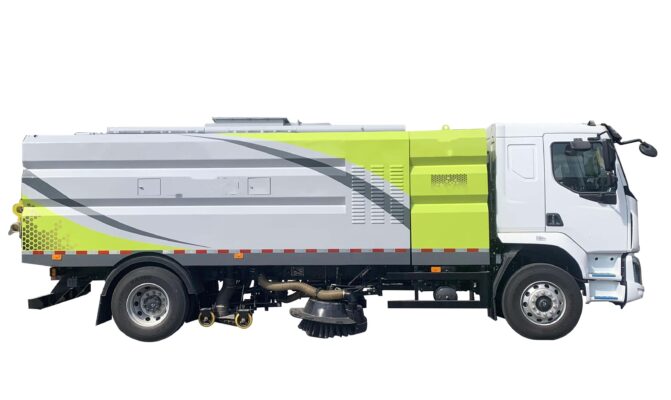
The insurance company will then use this information to evaluate and price the vehicle. They may consider factors such as the vehicle’s safety features, its market value, and the risk associated with insuring the vehicle. Walau bagaimanapun, this does not mean that the insurance company is not concerned about the vehicle’s condition. In the event of an accident or a claim, the insurance company may conduct an inspection to determine the cause of the incident and assess the extent of the damage.
Kesimpulannya, while the policy that kenderaan elektrik tulens do not need to undergo an annual inspection is currently implemented in many regions, it is clear that other components and functions of the vehicle still need to be regularly inspected and maintained. Vehicle owners should not overlook the importance of these regular checks, as they are crucial for the safe operation of the vehicle. Di samping itu, when it comes to repair and insurance, relevant regulations and procedures should be followed carefully. Understanding these aspects of kenderaan elektrik tulens can help both current and prospective owners make informed decisions and ensure the long – term safety and reliability of their vehicles.
